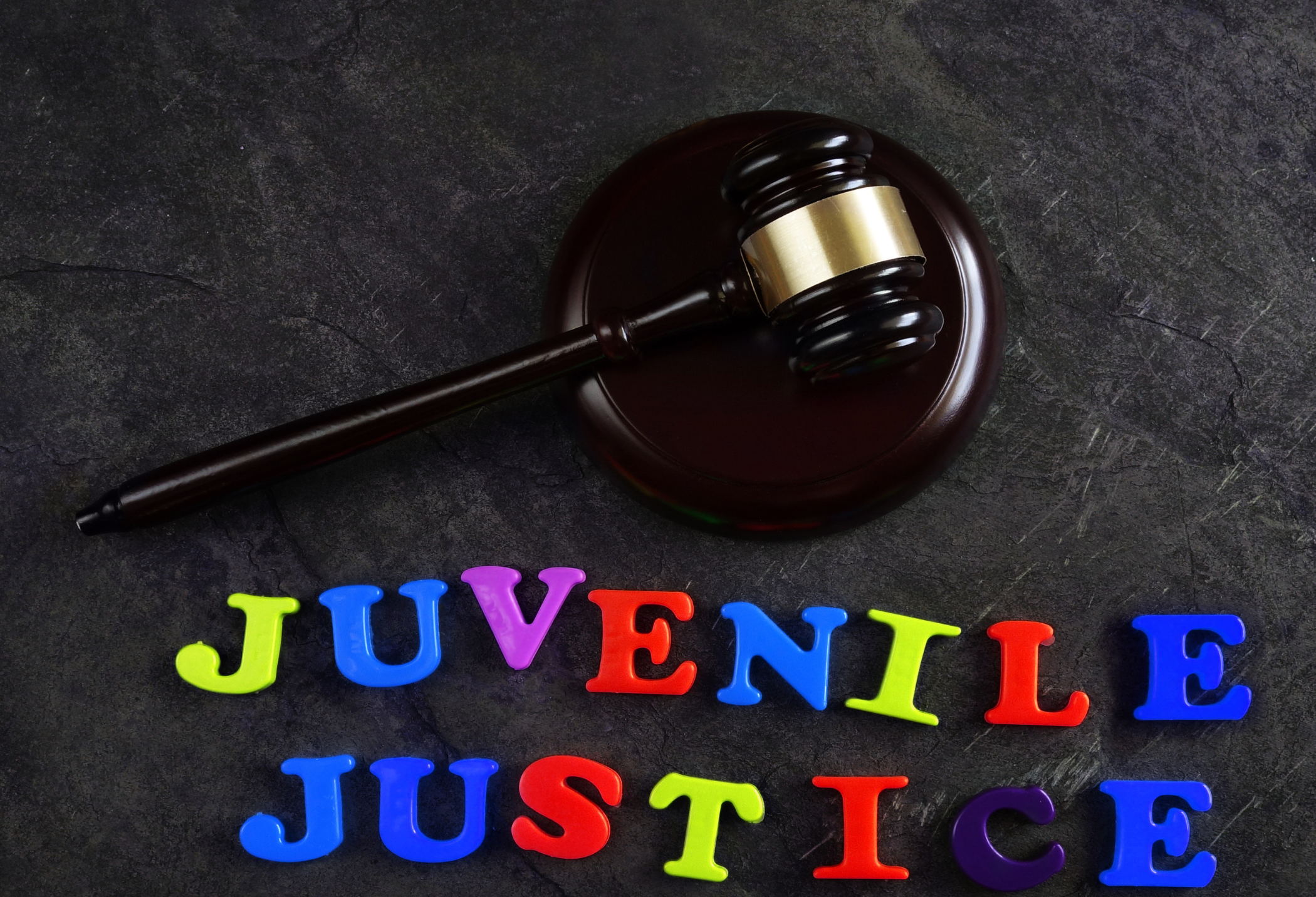
Federal Sentencing Guidelines Chart
In the federal criminal justice system, district judges use the advisory Federal Sentencing Guidelines to help them determine a defendant’s sentence. Due to their advisory nature, district judges do not have to impose the sentence indicated by the Guidelines. Rather, judges can consider other factors that vary upward or downward from the Guidelines range. However, […]

When Can a Teenager Be Criminally Tried as an Adult in Ohio?
When your child gets arrested for a serious crime in Ohio, such as a violent offense or a crime involving significant property damage, you might worry whether they may face prosecution as an adult. When Can Prosecutors Transfer a Teenager to Adult Court? Under Ohio law, prosecutors may seek a mandatory or discretionary waiver of […]

When Does Vehicular Manslaughter Turn into Vehicular Homicide in the State of Ohio?
Under Ohio law, a person can commit the offense of vehicular manslaughter, vehicular homicide, or aggravated vehicular homicide when they cause someone’s death or terminate another person’s pregnancy while operating a motor vehicle, locomotive, watercraft, or aircraft and causing an accident. The specific offense a person may face will depend on the circumstances surrounding the […]

Burglary vs. Robbery: Legal Differences Explained
People may consider burglary and robbery as two types of theft crimes, with a burglary involving a theft that occurs when someone breaks into another’s property to steal items inside and a robbery involving stealing property from someone in public. However, burglary and robbery have several differences that make the scope of each crime broader […]

What Is the Difference Between Rape and Sexual Battery in Ohio?
Ohio’s criminal law has separate offenses for the crimes of rape and sexual battery. Under what circumstances does a defendant face a rape charge versus a sexual battery charge in Ohio? Rape Under Ohio Law Ohio’s rape statute defines the offense as engaging in sexual conduct with another person when: Rape constitutes a first-degree felony […]

Should I Complete Field Sobriety Tests if Pulled Over for an OVI?
When a police officer pulls you over on suspicion of operating a vehicle under the influence (OVI), they may ask you to exit your vehicle to perform field sobriety tests. The anxiety-inducing nature of a traffic stop and the officer’s demeanor may cause many a driver to think they must submit to field sobriety tests. […]

Ohio Drug Trafficking and Distribution Charges Explained
In Ohio, law enforcement authorities consider drug distribution and trafficking a serious, dangerous criminal offense. Authorities vigorously prosecute drug distribution and trafficking crimes, and defendants facing such charges need experienced legal counsel to help them understand their rights and options and pursue an effective defense strategy. Ohio Drug Trafficking and Distribution Laws Ohio criminal law […]

What Are the Penalties for Domestic Violence in Ohio?
Ohio law considers domestic violence one of the most serious criminal offenses. A domestic violence conviction may result in severe penalties, including incarceration, fines, and other long-term consequences. When a family member has accused you of domestic violence, get the legal advocacy you need from a dedicated domestic violence attorney to protect your freedom and […]

What Is the Difference Between Robbery and Theft in Ohio?
Although some people may refer to theft and robbery interchangeably, these theft crimes differ in the elements of each offense. Understanding Theft Under Ohio Law Ohio law defines the crime of theft as knowingly obtaining or exerting control over someone else’s property or services with the intent to deprive them. Under the theft statute, a […]

What Are Schedule I Drugs in Ohio?
State and federal law regulate the distribution and possession of various drugs due to their potential for harm or misuse. The government categorizes drugs based on their medical usefulness and the potential risk for misuse or addiction, with Schedule I drugs including the most dangerous drugs identified by the government. As a result, possessing, distributing, […]